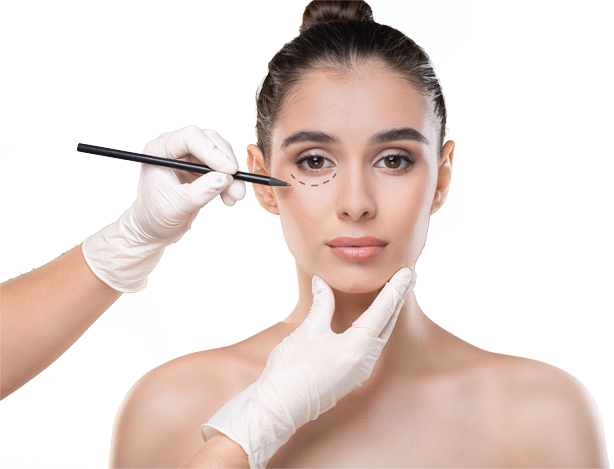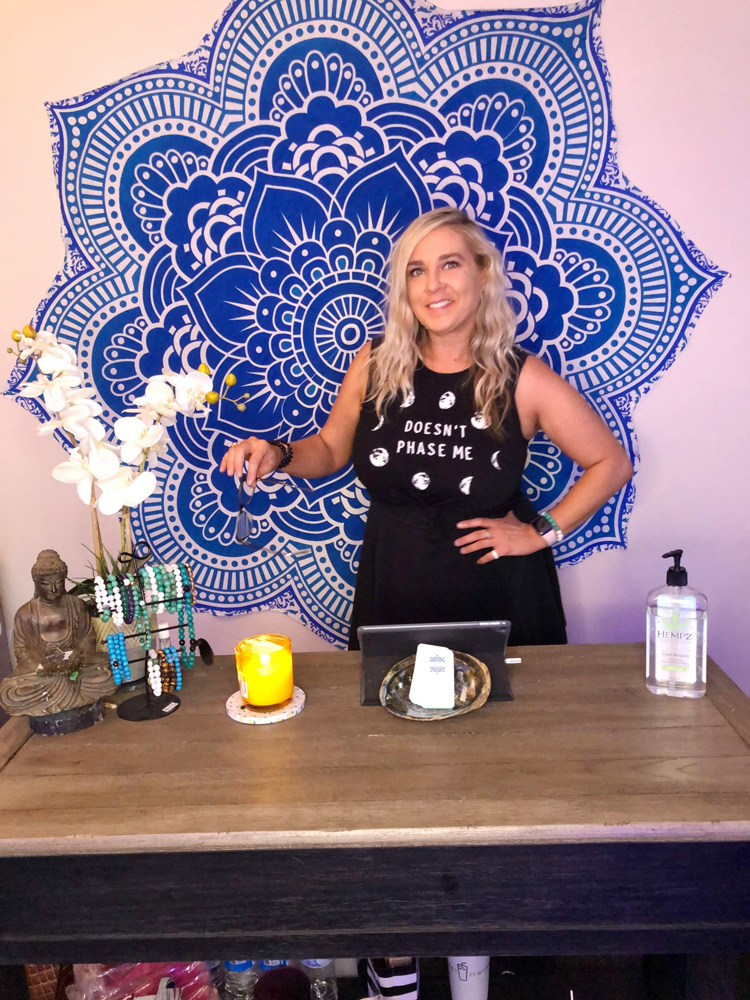Frequently Asked Questions
Try this: Exfoliate the area two days after you get waxed. Keep exfoliating two to three times a week using a sugar scrub and a washcloth or a loofah. This will prevent your pores from clogging up with bacteria and skin cells, allowing hair to grow back freely and avoiding those pesky ingrowns. It also keeps your skin clean, soft and radiant.
Absolutely not! In fact, the hair will grow thinner. Pulling the hair from the root slows down the function of the pituitary gland, weakening the hair response. Upper lip waxing is usually needed every three to four weeks.
Generally, I need your hair to be at least 1/2 of an inch to successfully wax. If you have been shaving about 14 days of growth is perfect.
Yes, waxing only eliminates the hair temporarily, however, over time you will notice that the hair that does return is thinner and finer.
In most cases, a waxing will last about 4 weeks. Eyebrows need to be shaped about every 2-3 weeks. Legs, Arms and backs need to be done every 4-5 weeks. Brazilian bikini is every 3-4.
There are several things you should know before you wax; first, if you have or have recently had a bad head cold, it is not recommended that you receive a lip wax, as the skin in this area is thin to begin with and can be more easily torn or damaged after a cold. Second, if you have recently applied a sunless tanning product, waxing can pull skin and cause the tanning solution to fade more quickly. Third, please do not tan either in the sun or in a tanning booth 24 hours prior to waxing. Lastly, Accutane, Coumadin or other blood thinners, alpha-hydroxy acids, Retin-A, glycolic acids, hydroquinone, topical cortisone, and some antidepressants can aggravate waxing. Please call for a consultation prior to scheduling your waxing session if you are using any of these products.
Yes. Please do not engage in a workout immediately following waxing as perspiration can cause rashes, irritation, redness and breakouts. Avoid exposure to the sun and tanning booths for 24 hours following a wax. Do not take a hot shower or use a hot tub for at least four hours following waxing.
Yes there is. First, we recommend that three days after you receive your waxing you exfoliate the area each day. This helps to remove dry skin that can block pores and lead to in-grown hairs. Secondly, we do offer two topical products that can reduce or eliminate in-grown hair by shrinking the pore and forcing the hair to grow upward. Please ask Ann when you receive your waxing service.
We’re not going to tell you that it’s the most pleasant service we offer in our spa, but it usually isn’t as bad as it sounds. We have found that two things determine a less painful experience from a more painful one; product and proper technique. First, Ann uses hard stripless wax that attaches to the hair and not the skin. This type of wax comes in two types; one for normal skin and one designed for more sensitive skin. For waxing larger areas such as legs and backs, we use a strip wax, but again, a wax that is formulated to be less “sticky” to the skin. Secondly, Ann has advanced wax training in proper techniques such as how to pull the wax off properly, how much pressure to apply, how to observe the direction of the hair growth and sectioning the waxing into smaller areas, which reduces the potential for pain, bruising and bleeding.
Post Waxing Care
After your waxing session, you’ll want to follow the post-waxing care tips listed below. Following these guidelines will help to ensure you avoid unwanted discomfort and help you achieve the best results possible. For any guideline that does not indicate a specific measure of time, please use your own judgment based on the unique condition of your skin. Here are some things that need to be avoided for best results:
- Outdoor sun exposure for 24 hours
- Make-up if face waxed
- Moisturizers and lotions for 24 hours
- Hot water, Saunas
- Shower is better then taking a hot bath
- Exercise for 24 hours
- Deodorant with aluminum if underarms are waxed
- Salt glow / stimulating body or facial treatments
- Chlorinated Water, Tanning, Body Sprays, Perfumes, Scrubs, Talc’s
- For 24 hours after waxing, many people should avoid tanning and swimming pools due to the irritating effects of chlorinated water. It makes sense to avoid perfumes, scrubs, and any skin irritants the day of the waxing service
- Tight clothing for legs / bikini
- Keep hands away from touching freshly waxed skin, this can encourage irritation or small pimples
- Short-term abstinence. Sexual activity should be avoided for at least 24 – 48 after brazilian
- To help in ingrown hair prevention, exfoliate at home beginning 2 days after their waxing session. Fight the bumps. If you get any ingrown hairs I do have products for sell to get rid of pesky ingrown hairs
- Be sure to set a reminder to schedule your next appointment. Maintaining a regular waxing will reduce unwanted hair growth as well as reduce the pain you may have experienced on your initial waxing session



